Master Faraday’s law numericals.
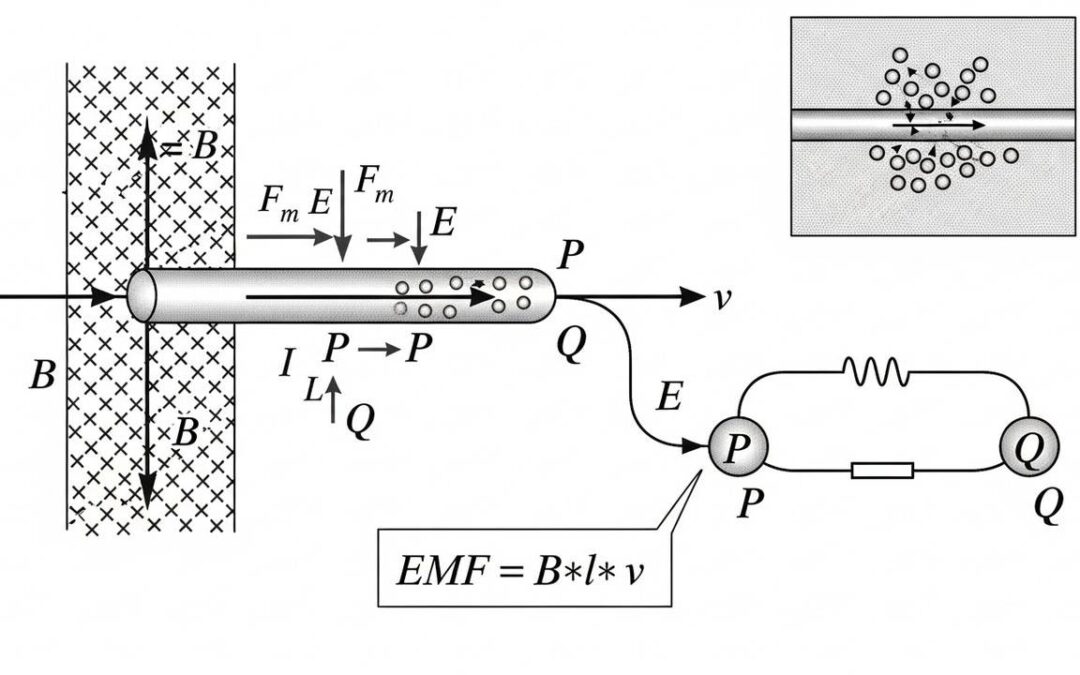
ADVERTISEMENT

Master Faraday’s law numericals.
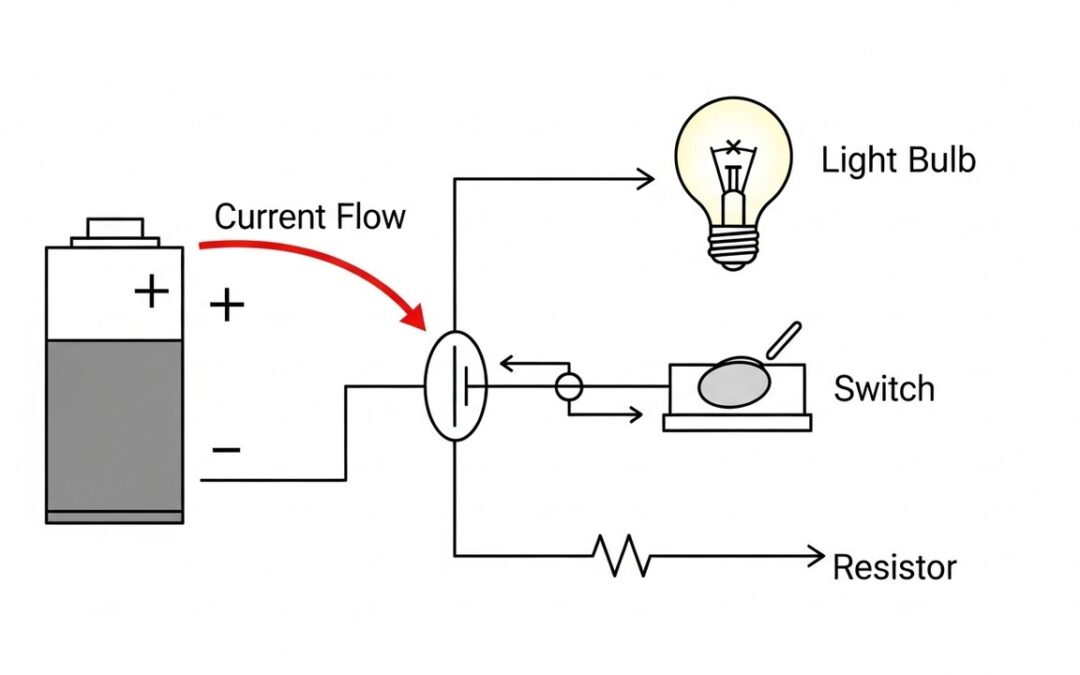
Boost problem solving on cells.

Strengthen circuit analysis.
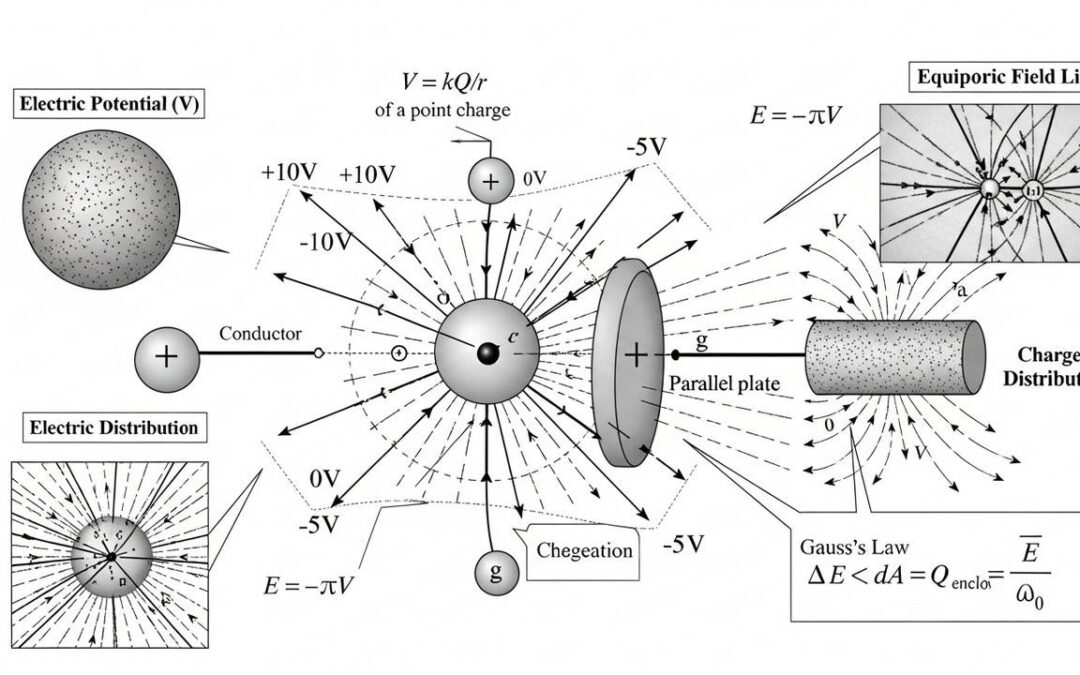
Sharpen potential-based problem solving.

This Momentum Mastery Quiz is designed to assess and enhance your comprehensive understanding of momentum in physics. Featuring 25 multiple-choice questions, the quiz covers a wide range of topics from basic definitions and calculations of linear momentum to more advanced concepts such as impulse, conservation laws, elastic and inelastic collisions, and relativistic momentum. Each question is thoughtfully crafted to challenge your knowledge and application of momentum principles. Ideal for students, educators, and physics enthusiasts, this quiz serves as an effective tool to reinforce learning, identify areas for improvement, and deepen your grasp of momentum-related theories and real-world applications. Engage with these questions to test your proficiency and advance your mastery of momentum.
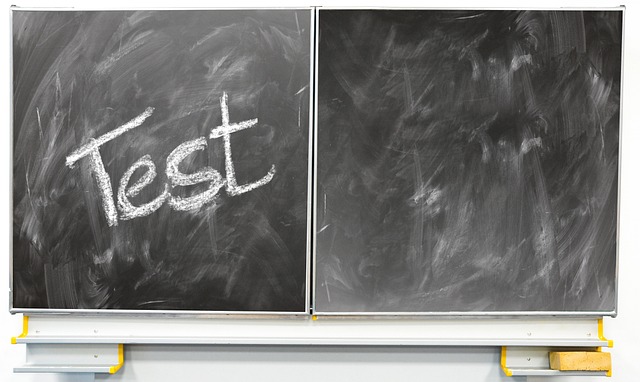
Conquer the CBSE Board Exams 2025 with our guide! Learn effective study strategies, time management tips, and overcome exam anxiety for success.

Based on the information provided, the metal compound A reacts with dilute hydrochloric acid to produce effervescence, and the gas evolved extinguishes a burning candle. Additionally, one of the compounds formed in the reaction is calcium chloride. Let's write the...

When an acid reacts with a metal, hydrogen gas (H2) is usually liberated. The reaction between an acid and a metal is a type of single-displacement or single-replacement reaction, where the more reactive metal displaces hydrogen from the acid, forming a metal salt and...
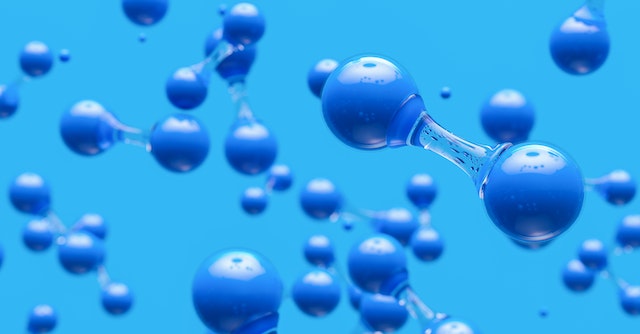
Curd and sour substances should not be kept in brass and copper vessels because these metals can react with acidic foods, leading to potential health hazards. The main concern is the leaching of toxic metals into the food or liquid being stored, which can contaminate...

1. The reaction between hydrogen gas and oxygen gas to form water: 2H2 + O2 → 2H2O 2. The reaction between iron and sulfur to form iron sulfide: Fe + S → FeS 3. The reaction between magnesium and oxygen to form magnesium oxide: 2Mg + O2 → 2MgO 4. The reaction between...